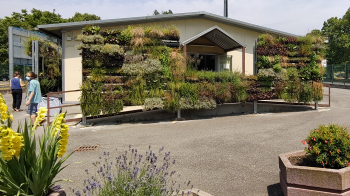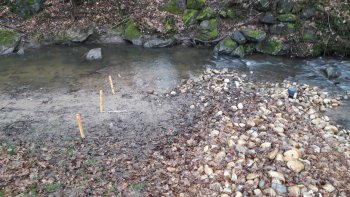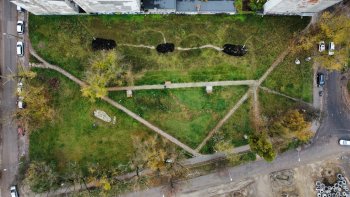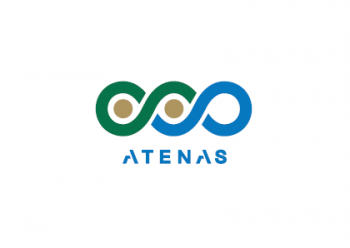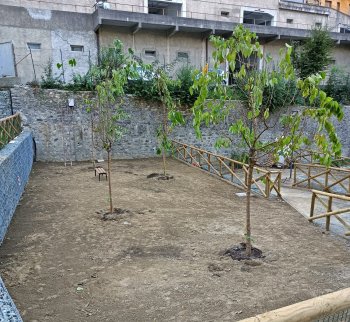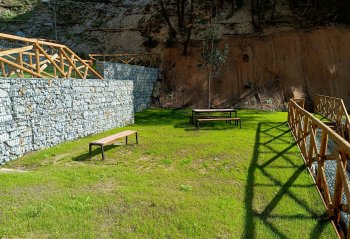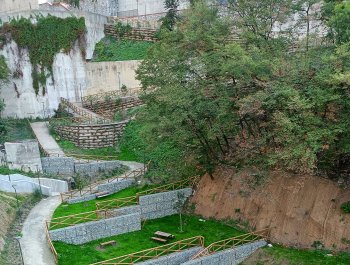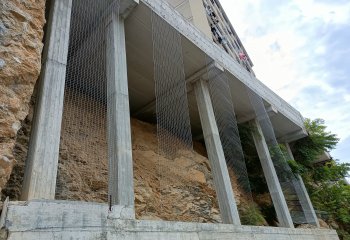Green indoor and outdoor walls
- The experimental features of this NbS are intended as replicable examples in enhancing urban environments and improving living conditions of inhabitants.
- Working with schools to spread the knowledge about NbS to users of the buildings and raising awareness about the importance of plants in everyday life.
- Promoting the collaboration with school teachers and staff of the homeless shelter to schedule activities that supported learning “science” disciplines, as well as Italian language skills, civic education and social studies.
- Consulting a nursery to achieve ...

